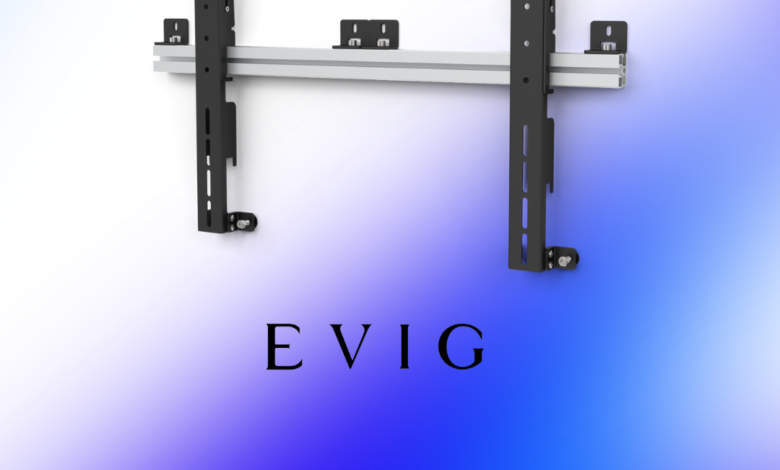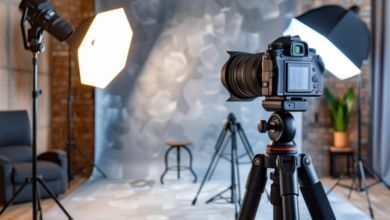What to Check First When Your Multi Display Wall Isn’t Syncing or Aligning Properly

So you’ve got a big wall full of screens. Looks great—until it doesn’t. One screen’s a bit tilted. Another is showing something off. Or maybe the whole thing feels… messy. Not in sync. Not lined up. Just wrong.
Before you call someone or give up, there are a few simple things you can check yourself. Let’s walk through them in plain language.
First, Look at the Mount
If the screens aren’t straight, there’s a good chance the Multi TV Wall Mount isn’t tightened the same on each side. It happens. Even a slight tilt in one screen can throw off the whole row.
Stand back and check if the top edges of all screens are lining up. If not, it’s usually just a matter of adjusting the brackets. Sometimes, one side is pulled a little more than the other, and that’s enough to make things look wonky.
Screen Settings Can Mess It All Up
Just because all your screens are from the same brand doesn’t mean they’re set the same. One might look a bit brighter. Another could have slightly different colors or a different picture size.
Pick up the remote (or use the buttons on the screen) and check the settings one by one. Try to match things like:
- Brightness
- Contrast
- Color temperature
- Picture mode
Set them all to the same thing. That often makes the display look smoother and more even.
Check What Goes In
Sometimes the problem isn’t the screen. It’s what’s going into the screen.
Let’s say you’re using a player or a PC that sends video to all the screens. If even one cable is loose or old, that screen might not work right. You might see a delay, flicker, or strange shapes.
Use good-quality cables. Make sure they’re all the same type and not worn out. Also, check that each cable is pushed in all the way—simple, but often the fix.
Is the Software Set Up Right?
If you’re using some media software to send content across screens, that setup matters too.
Go into the layout part of the software. Let’s say you have three screens side by side. If the software thinks they’re stacked instead, your picture’s going to be all over the place.
Make sure the layout matches what you’ve mounted on the Multi TV Wall Mount.
Sync Settings Can Go Wrong
Some screens have sync settings. One might be set to “internal”, while another is on “external”. If they don’t match, things can look off—like one screen running faster or showing the wrong color tone.
Go into the sync menu on each screen and set them the same. That usually helps them get along well.
What’s Happening Behind the Wall?
Don’t forget to peek behind. Are the power cables tugging at the screen? Is something leaning against the bracket? Is there a cable too short and pulling a screen slightly to one side?
Also, if you’re using a TV Floor Stand instead of wall mounting, check that the stand is level. Sometimes the floor isn’t even, and that throws the screens off.
Mixed Screens? That’s Tough
If you’ve used different screen models or brands, syncing can become more challenging. Even if they look the same size, they process video in slightly different ways. You’ll notice lag, brightness differences, or one screen running behind the others.
Best case? Use the same screens for your full setup. If you’ve already mixed them, try matching the picture settings as closely as you can.
Don’t Blame the Mount Too Fast
Honestly, most Multi TV Wall Mount systems—especially ones from good brands—are super sturdy. They’re built to stay straight and tight.
The same goes for TV Floor Stand options. If something looks off, it’s often the screen settings, cables, or software—not the mount.
Need Help in Dubai?
If you’ve done all this and the setup still isn’t correct, get help from folks who know these systems well. Evig, authorized distributor of Smart Media Solutions, is the go-to name in Dubai for these mounts.
They know how to fix screen walls, floor stands, and any mess in between. Whether it’s a new install or a quick fix—they’ve got your back.
Final word?
Start with small checks. Most of the time, it’s not a big fault. It’s just something tiny that got missed. One screw. One cable. One setting. Fix that, and your screen wall will look clean, sharp, and synced like it should

